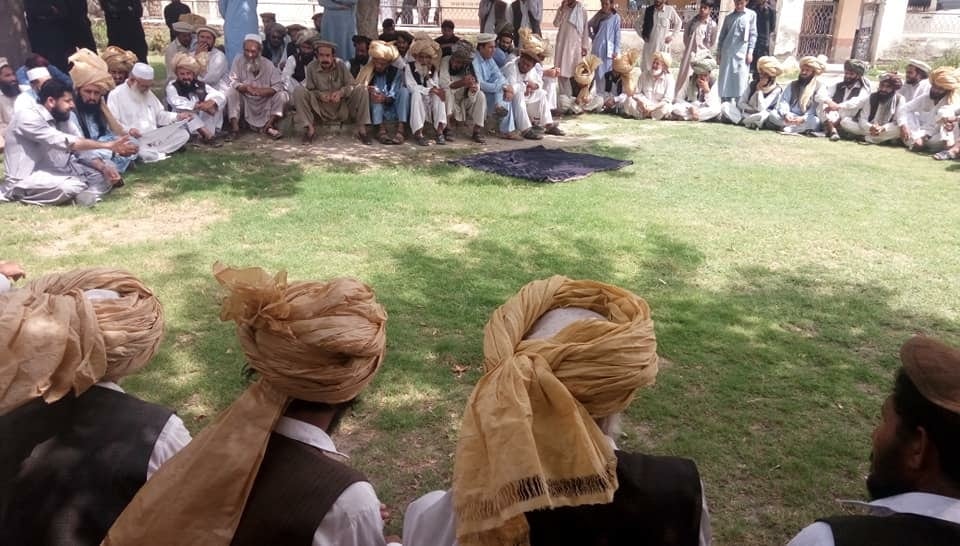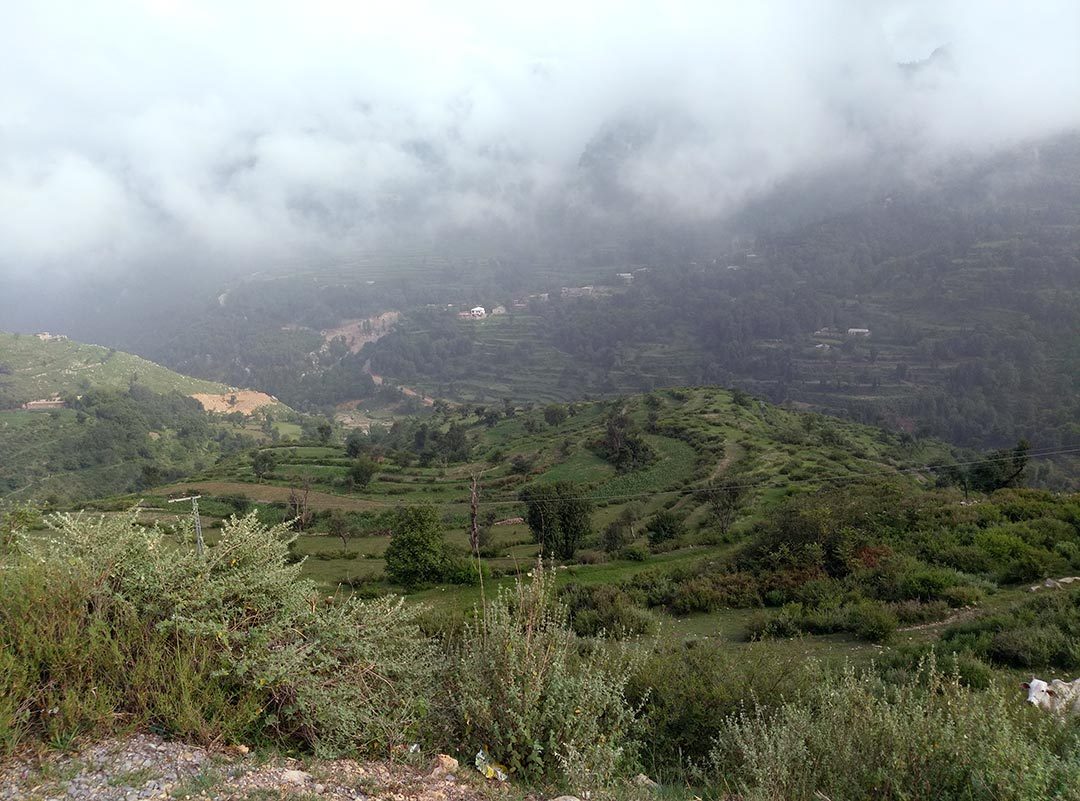By Farid Alam
On May 31, 2018, Pakistan’s Federally Administered Tribal Areas, or FATA, formally ceased to exist. Home to five million people, and covering more than 27,000 square kilometers, these seven tribal districts have attracted enormous international attention in the last two decades due to their shared border with war-torn Afghanistan. The government of Pakistan has now brought an end to FATA’s century-old special status by merging the tribal agencies with the neighboring province of Khyber Pakhtunkhwa (KP).
Prior to the merger with KP, FATA was governed by a special set of laws known as the Frontier Crimes Regulations, enacted in 1901 by the British Empire to confront Pashtun insurgents. Poor governance and decades of warfare in neighboring Afghanistan had rendered the region vulnerable to continuing insurgency and deprivation. This in turn had a spillover effect on health, education, and livelihoods and caused the dislocation of a substantial portion of the tribal population to other parts of the country. UNDP’s 2017 Human Development Report ranked FATA lowest in the country on its human development index (HDI). The merger of FATA with Khyber-Pakhtunkhwa represents an opportunity and a new hope for peace and prosperity.

But there is still a long way to go.
The Supreme Court of Pakistan and the Peshawar High Court have extended their jurisdictions to the tribal districts, and a roadmap has been developed to construct courthouses and set up district and session courts, but persistent insecurity in the area will make this a challenging task. There is a sobering lesson to be drawn from the Provincially Administered Tribal Areas in KP province, where nonstate actors capitalized on the grievances of citizens who suffered delays in the legal system to introduce their own, competing system of justice.

The other unresolved issue is the old policing system in FATA. The seven tribal agencies had a different policing system, run by the chief administrator—a representative of the President of Pakistan—and deferential to local Maliks (notables). There is an ongoing debate in KP: should the FATA police (known as Khasadars and Levies) be under the command of the Central Police Office in Peshawar, or should they operate directly from the provincial Home Department? The merger of Baluchistan Levies with the provincial police force cost the national exchequer billions of rupees with no tangible results on the ground, and as we know from bitter experience there, the merger of tribal police must be conducted tactfully, and an efficient criminal justice system must be established to gain the public trust. The KP government will also need to critically assess the strategic framework developed for the police in 2014 and evaluate the performance of the Central Police Office in Peshawar over the past five years in order to chalk out areas where improvement is needed.
Restoration of peace and the establishment of durable political structures are critical for governance and rule of law to be productive. The Election Commission of Pakistan (ECP) is committed to elections in 23 newly created constituencies in the region by July 2019, and the KP government plans to extend the provincial Local Government Regulations to tribal districts and conduct elections by May 2019, but the Election Commission has not yet begun to delimit the new constituencies. Moreover, there are approximately 338,000 temporarily dislocated persons from FATA, without whose participation the election of 23 provincial assemblies and local bodies cannot truly represent public aspirations in the region.
Representative political structures will enable the provincial government to pursue socioeconomic development in the region. Islamabad has adopted a 10-year plan to develop major infrastructure, establish industrial zones, set up modern urban hubs in all tribal districts, establish universities and medical colleges, develop the mineral and agriculture sectors, create job opportunities for youth, and most importantly, rehabilitate dislocated persons. The 10-year development plan will spend 30 percent of allocated funds on efforts to counter radicalization and transform local communities, and bringing local bodies on board at the grassroots level will be of critical importance.
Two major challenges are going to confront the implementation of the 10-year development plan.
First, the KP government has no binding agreement with the federal government or other provincial governments for the allocation of funding from the National Finance Commission. This apparently glaring omission reflects the continuing political dynamic among Pakistan’s provinces, which will be called upon to sacrifice a portion of their shares of federal revenue, and the eventual outcome has yet to be determined.
Second, transparent and accountable administration will be of critical importance. The KP government will need to assess the performance of its Civil Secretariat, especially in the northern and southern districts of the province, which are demographically similar to the tribal districts, and which have a history of heavy-handed misrule by public sector agencies. The northern districts of KP—Shangla, Kohistan, Torghar, and Upper Dir—currently have the lowest HDI ranking in the province, as highlighted in the UNDP’s 2017 Human Development Report.

Finally, it will be crucial to avoid overlapping roles and responsibilities among institutions. Currently, FATA affairs are run by three agencies—the FATA Disaster Management Authority, the FATA Secretariat, and the FATA Development Authority. Administration of the region could be managed efficiently through a single agency, whose institutional capacity could be enhanced to promote speedy development, effective coordination, and better fiscal management. For maximum accountability and transparency, yearly third-party evaluations would be an essential tool, and a strict, merit-based system for the hiring and promoting of officials will also be a prerequisite.
Meanwhile, the merger of FATA with KP and the successful implementation of the 10-year development plan will depend on the security situation. Continued volatility and insecurity will make it extremely difficult for provincial government to achieve tangible results on the ground. The Pakistan Army’s role in de-escalating security threats will therefore be significant—and delicate, due to the long history of military conflict in the region.
The current scenario offers a moment of hope to the tribal population that a century of insurgency will at last be put to rest, and that the legacy of underdevelopment and deprivation will yield to effective programs and policies under the 10-year development plan. For this change to occur, the government of Pakistan needs to take a holistic approach to longstanding structural problems and provide an environment that is conducive to the participation of all stakeholders. A good start would be to establish durable political structures in all seven tribal districts to allow them to begin to shape their own socioeconomic and political destiny.
An earlier version of this article originally appeared in Hilal Magazine.
Farid Alam is director of programs for The Asia Foundation in Pakistan. He can be reached at farid.alam@asiafoundation.org. The views and opinions expressed here are those of the author, not those of the Asia Foundation.
No comments:
Post a Comment